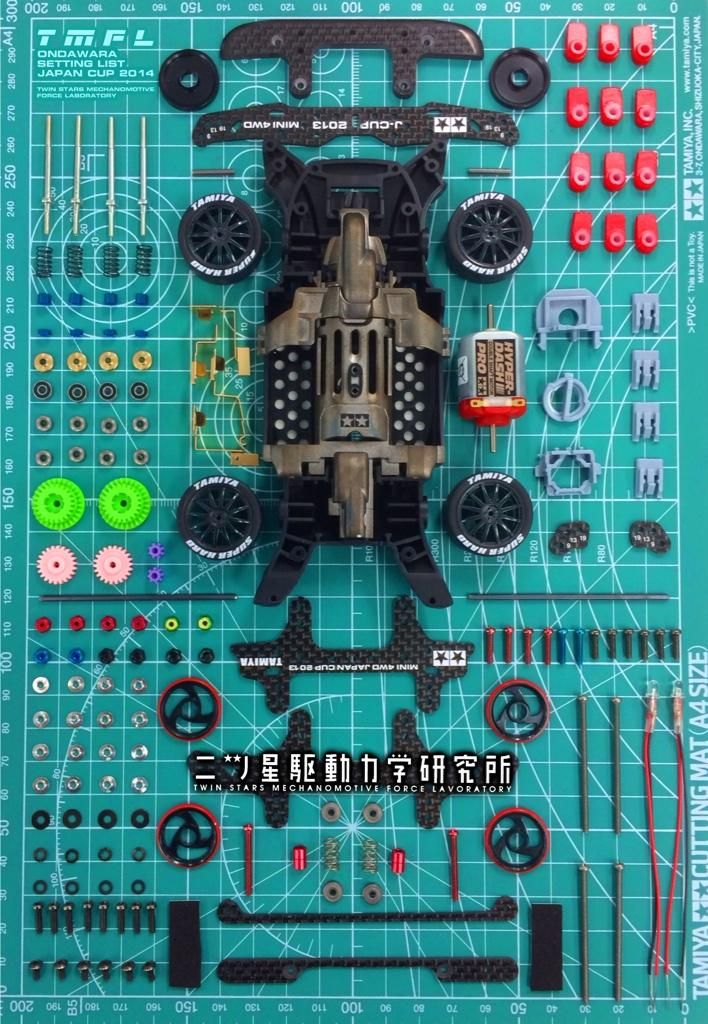In the realm of computing, the core serves as the beating heart of a computer, orchestrating the intricate dance of operations that bring digital tasks to life. This article delves into the essential functions of computer cores, shedding light on their pivotal role in the performance and capabilities of modern computing systems.
1. Definition of Computer Cores: A computer core is a processing unit within the central processing unit (CPU) responsible for executing instructions and performing calculations. The number of cores in a CPU can vary, ranging from single-core processors to multi-core processors, each impacting the computer’s processing power.
2. Parallel Processing: One of the primary functions of multiple cores is parallel processing. Multi-core processors can handle multiple tasks simultaneously by dividing the workload among individual cores. This parallelism enhances the overall speed and efficiency of the system, enabling it to execute tasks concurrently.
3. Task Division and Delegation: Cores divide and delegate tasks based on their complexity and resource requirements. Simple or routine tasks may be assigned to one core, while more complex computations or demanding applications utilize multiple cores. This efficient task allocation optimizes the use of available resources.
4. Improved Multitasking: Multi-core processors significantly improve multitasking capabilities. Users can run multiple applications simultaneously without experiencing significant performance degradation. Each core can handle a distinct task independently, contributing to a seamless and responsive user experience.
5. Enhanced Performance for Multithreaded Applications: Multi-core architectures excel in handling multithreaded applications. These are software programs designed to execute multiple threads concurrently. Each core can execute a separate thread, allowing for parallel processing and faster execution of complex applications.
6. Resource Sharing and Communication: Cores within a processor share certain resources, such as cache memory and data pathways. Efficient communication and data sharing between cores enable coordinated execution of tasks, contributing to the overall speed and performance of the computer.
7. Energy Efficiency: Multi-core processors offer improved energy efficiency compared to single-core counterparts. By distributing the workload across multiple cores, the processor can operate at lower clock speeds while maintaining high performance, resulting in reduced power consumption and heat generation.
8. Handling Demanding Workloads: For tasks that demand substantial computational power, multi-core processors shine. Applications like video editing, 3D rendering, and scientific simulations benefit greatly from the parallel processing capabilities of multiple cores, leading to faster completion times.
9. Adaptability to Future Software Trends: As software development trends continue to emphasize parallelism and optimization for multi-core architectures, having a processor with multiple cores ensures compatibility with evolving software demands. This adaptability future-proofs computing systems to a certain extent.
10. Gaming Performance: Modern video games, often featuring intricate graphics and complex simulations, leverage multi-core processors for enhanced performance. Gaming enthusiasts benefit from smoother gameplay and improved graphics rendering, as the workload is distributed across multiple cores.
In conclusion, the functions of computer cores extend beyond mere processing power; they intricately shape the efficiency, responsiveness, and adaptability of computing systems. As technology advances, the role of multi-core processors remains pivotal in meeting the demands of an ever-evolving digital landscape.








